
What is rapid prototyping?
Rapid Prototype(RP) is a physical part that reflects the design intention. One or several samples been made according to the CAD drawing to check the rationality of appearance or structure.
Usually, the first step is to check the feasibility of a newly developed or designed product, which relies on prototypes in the process as it can identify flaws or abnormals efficiently. deficiencies and disadvantages of the designed product which can help improving the product defects at the point. A small trail production is usually done for improving flaws in the batch as the newly designed products normally come with issues.It will also cause a great deal of loss in material resources and time if to put into production directly.Thus, the prototype literally is just few samples and the process is labor saving, material saving, and time saving. By it’s appearance and testing the prototype, we can quickly find out the insufficient of product design and can improve it, so as to provide sufficient basis for mass production.
Our factory is not only equipped with a variety of manufacturing and processing equipment, but also has a group of professional manual craftsman with years of practical experience. We specialized in making difficult, flexible and creative product models that cannot be completed by machining, and can quickly complete samples according to customers’ needs, which saves a lot of your time.


What is the purpose of prototypes or why use prototypes?
- In prototyping industry, a prototype will be made to test if the size, appearance and structure etc, is reasonable, after the CAD drawing for the new product design completed.
- From which we can find out the deficiencies of a product design, and then to modify it appropriately.
- Prototype is a combined process that integrates various processing methods to produce samples that meet our requirements. We GREFEE mainly makes prototypes by increasing and reducing materials.

What are the uses of prototypes?
Prototypes can improve the work efficiency in the R & D department, reduce the risk of product development cost, time. It also helps the verification in some structural performance in the R & D process.
- 1.Structure Prototype: It mainly tests the structural rationality of products that has high requirements for size and relatively low requirements for appearance. It’s quite strict in many countries.
- 2.Appearance Prototype: It mainly tests the products’ appearance design, which requires exquisite appearance and relatively low requirements for internal treatment. The interior can be made into solid.
- 3.Functional Prototype: It is required the same appearance, structure and function as real products, which can be thought as the finished products. It is a kind of prototype with the highest requirements and the greatest difficulty and mainly to verify the design of new products. You can take them to participate in exhibitions and to sold directly as finished products. Prototypes plays a great role when the mold is to be opened for mass production, which can reduce the risk of mold opening.

Our advantages
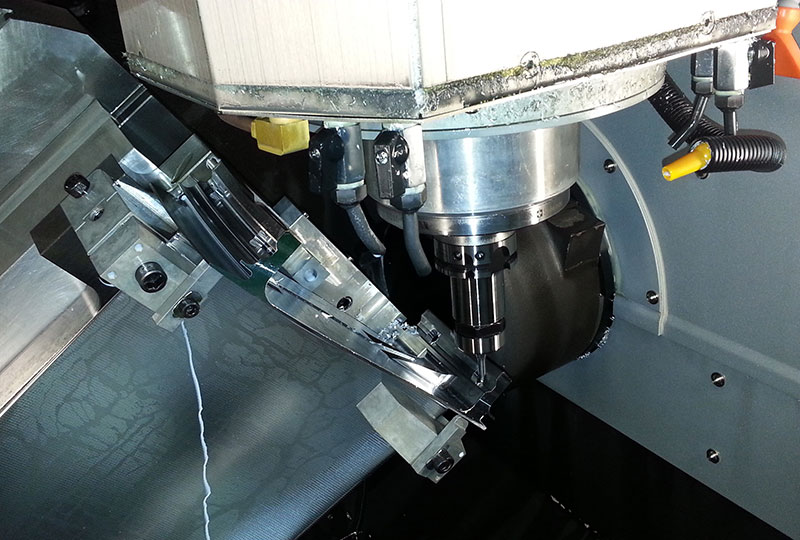
- Dozens of prototyping manufacturing methods, including 3D printing, CNC machining, Vacuum Casting(Urethane Casting), RIM, etc.
- More than 10 years’ experience in prototype industry
- Capable of making all kinds of high-precision, difficult and particularly complex prototypes.
- Offer free evaluation for the future mass production possibilities.
- Able to run each project at low cost.
- No material restrictions.
Rapid Prototype Manufacturing Service
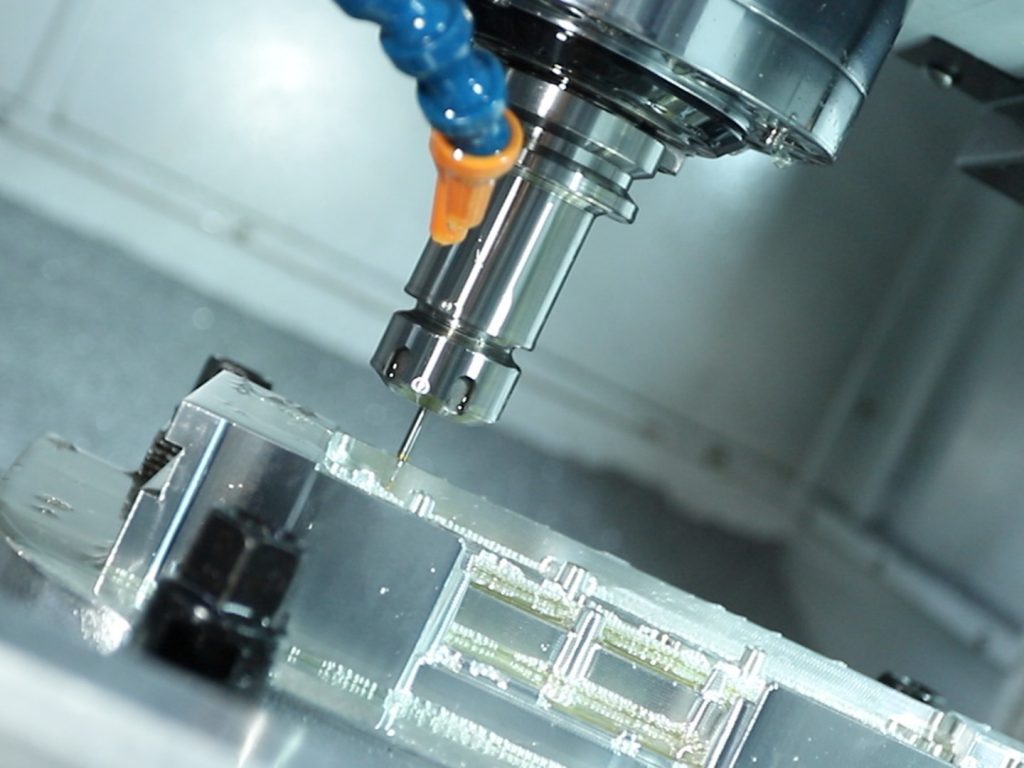
CNC machining
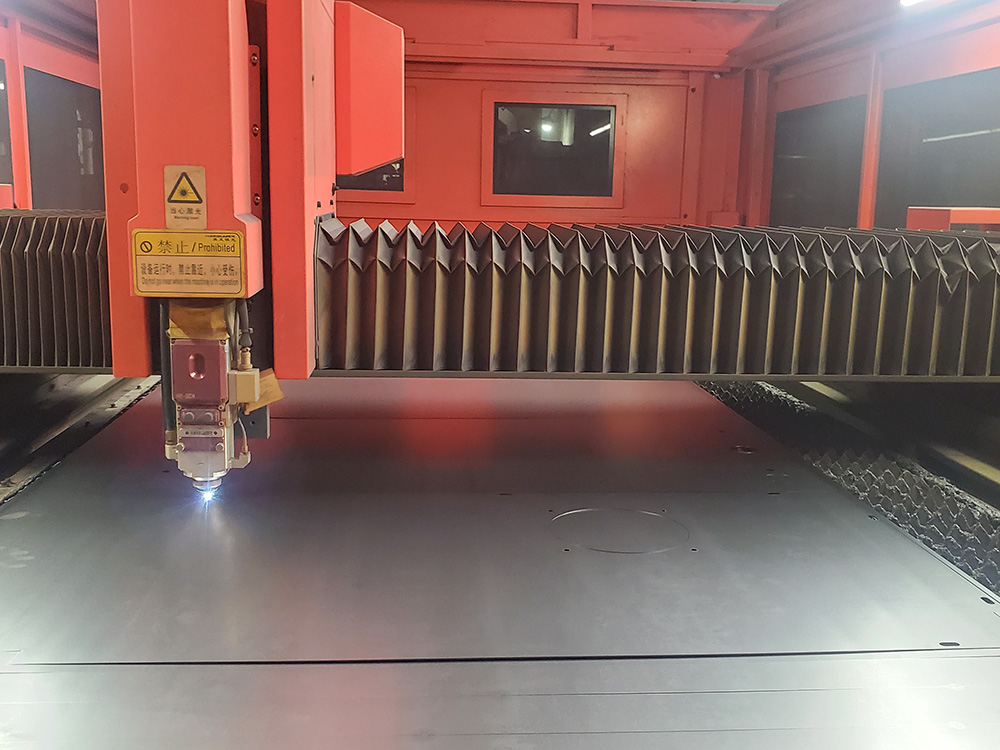
sheet metal
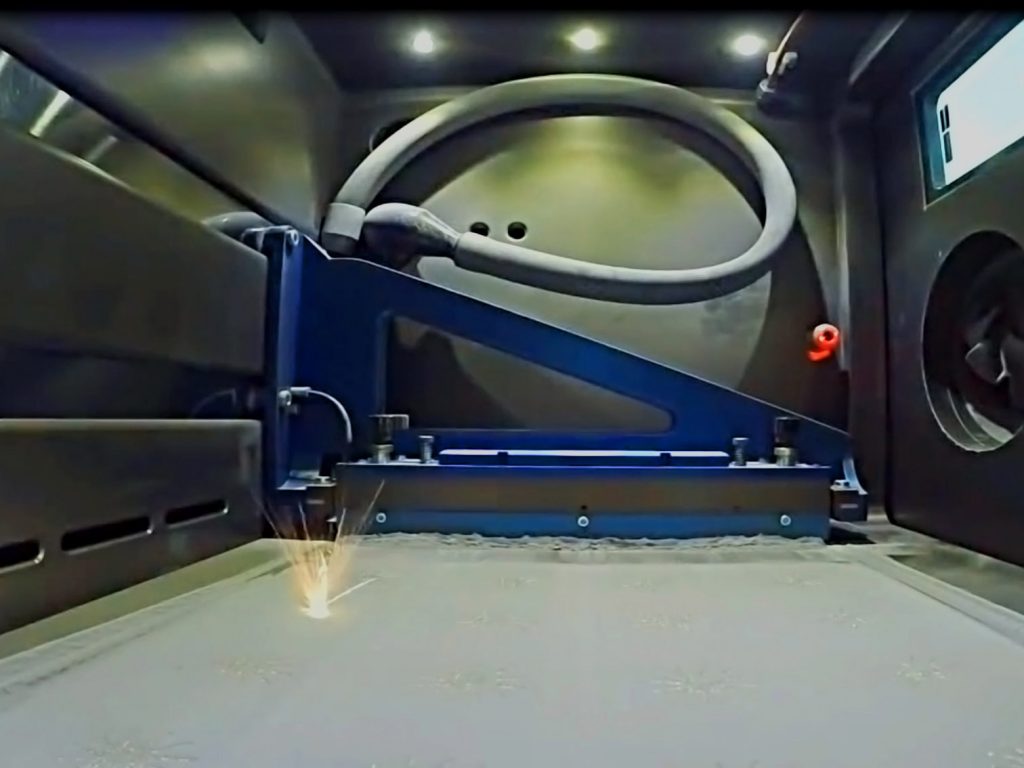
3D metal printing
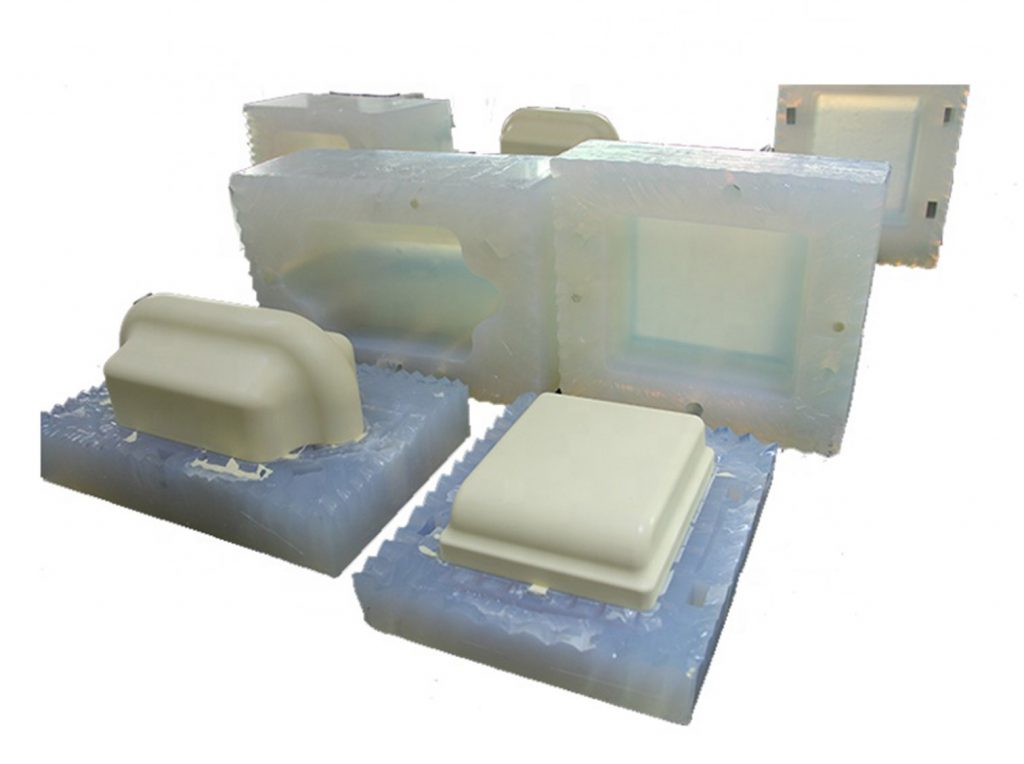
vacuum casting
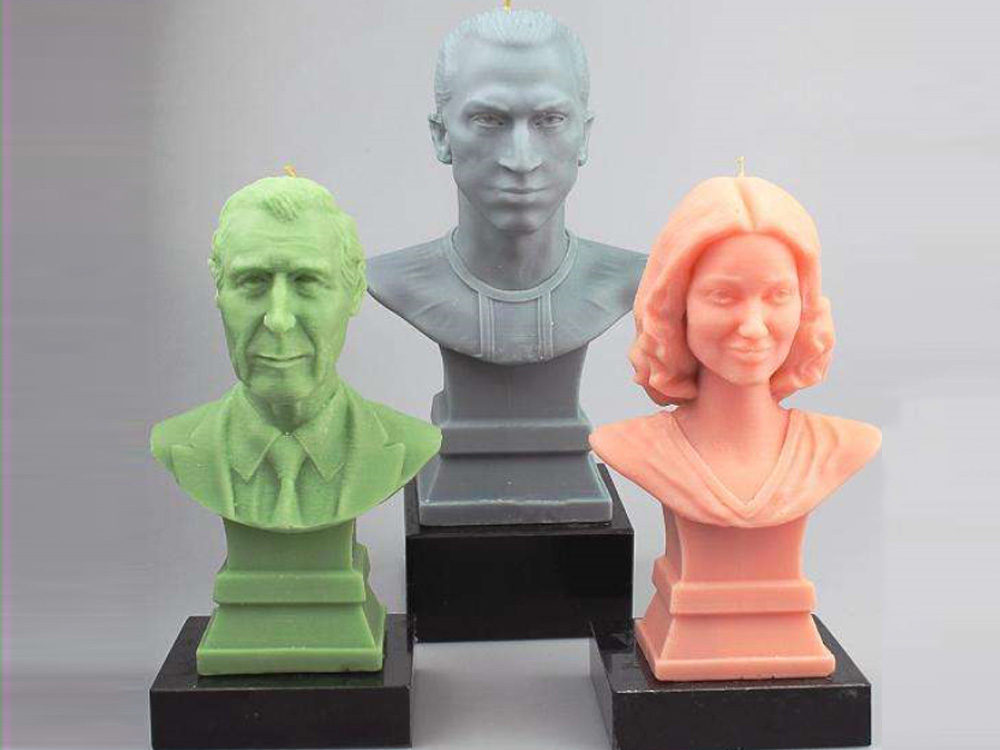
RIM and SLA / SLS
CNC Machining
CNC machining is very suitable for metal, plastic, wood, stone, glass as well as composite materials. Because of it’s high precision, both the dimensional accuracy and appearance shape of the product can be perfectly reproduced, which can be almost 100% the same as the drawing.
The sample made by CNC machining has the advantages of large forming size, high strength, good toughness and low cost, which has become the mainstream of prototype manufacturing. GREFEE has more than 50 CNC machines, with a maximum machining size of 3000 × 1200× 600mm.
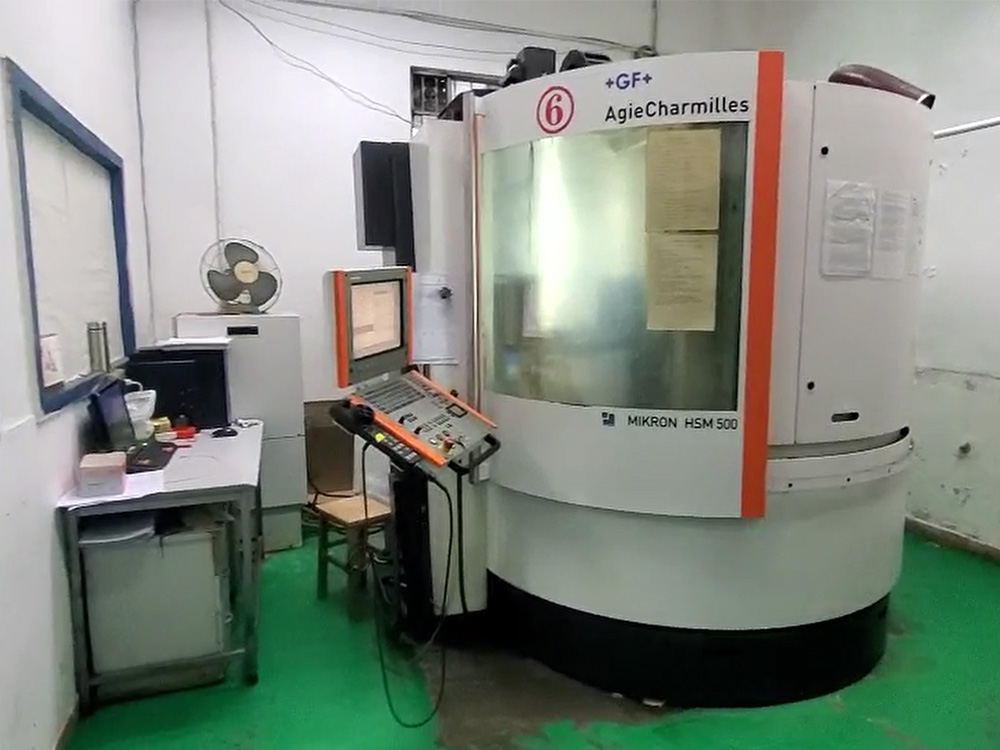

- Main processing methods of rapid prototype
- CNC is a computerized numerical control machine equipment, which cuts a whole plate by controlling the tool path according to the programmed program. At present, it is the most widely used machining process domestically.
- The main plastic materials are ABS, PC, POM, PMMA, etc.
- The main metal materials are aluminum, steel, copper… And so on.
- CNC milling machines aims to fabricate some irregular products.
- CNC lathe is used to manufacture some round parts.
- CNC milling machine can manufacture some large parts, which is cheaper than SLA and suitable for many kinds of prototypes.
- Up to 3000 × 1200× 600mm in size, accuracy +-0.1mm
- Please click below for more detail of CNC.
CNC Metal Machining (Parts)



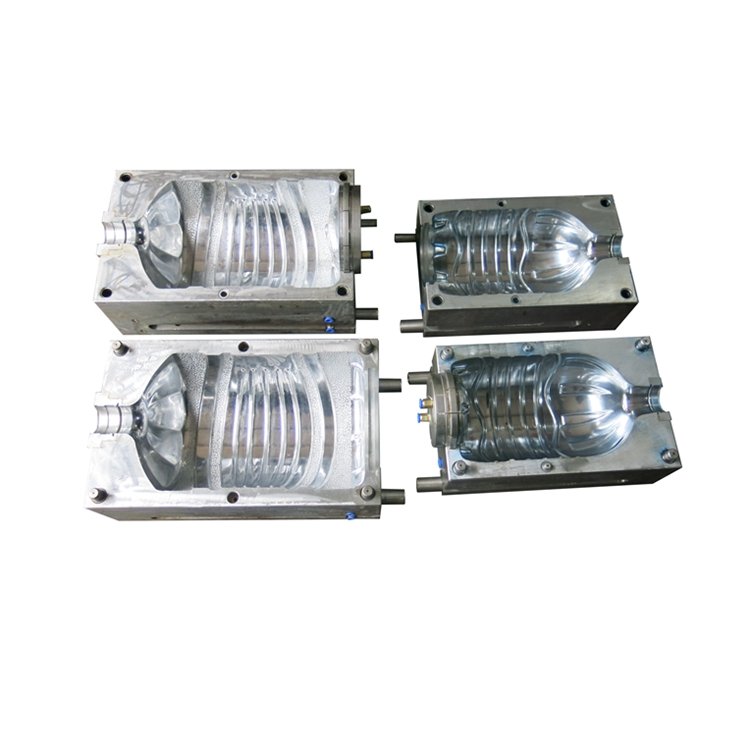
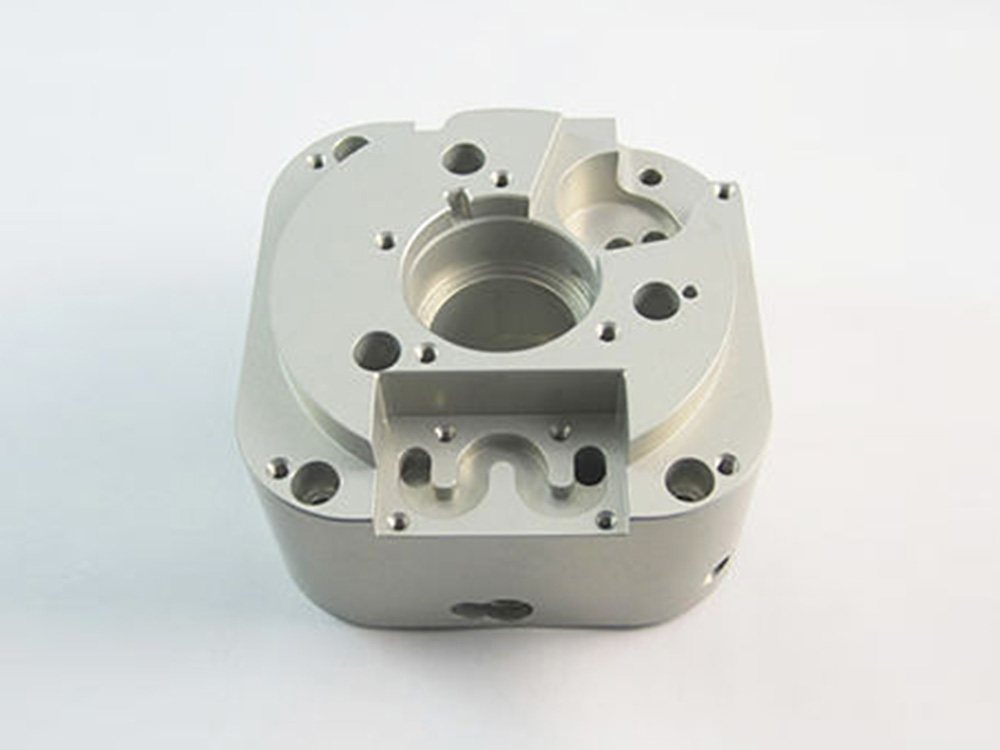
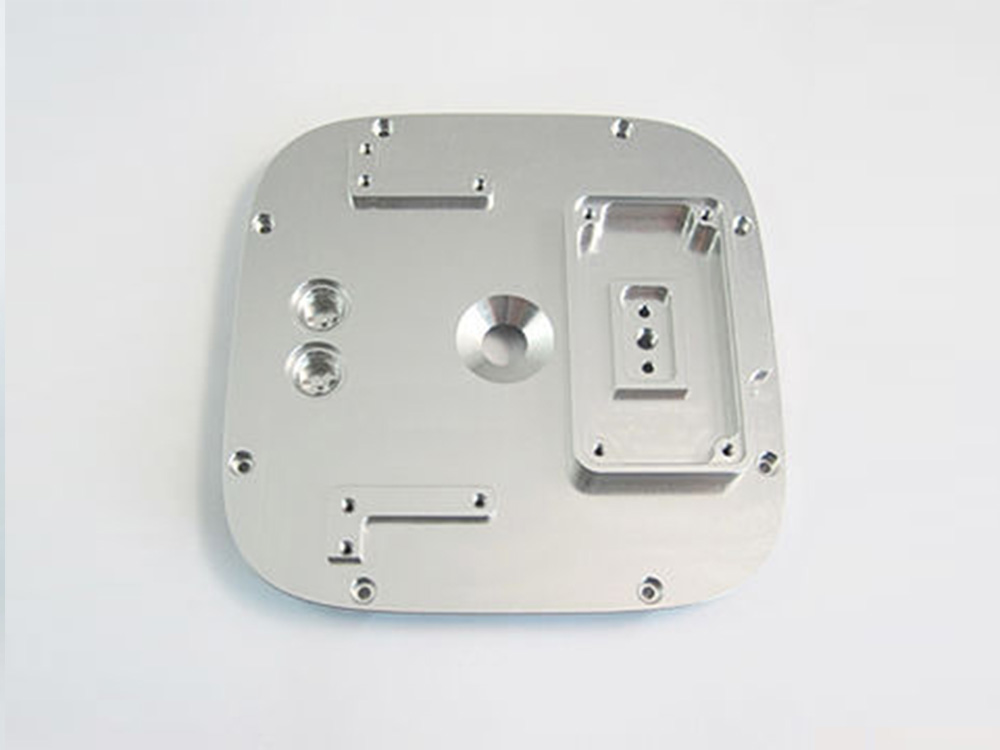
CNC Plastic Machining(Parts)






Sheet Metal
Sheet metal is a kind of comprehensive cold processing for sheet metals (usually less than 8mm in length), including shearing, stamping, laser cutting, bending, welding, riveting, splicing and forming. Its remarkable feature is the same thickness in the same part, and been widely used in products such as enclosures and covers.
Sheet metal materials: aluminum, copper, steel and other metal plates, plastic materials can also be used for bending.
Please click below for more detail of sheet metal.
Silicone Mold Rapid Prototypes
(Vacuum Casting or Urethane Casting)
Firstly, a silicone is made by putting the prototype in a vacuum environment in which filling it with polyurethane materials so the replica can be duplicated through the process. It minimizes the risks during production and offers advantages, like high efficiency and low cost.
- Mold materials: imported silicone, transparent silicone, special silicone.
- Product materials: imported PU, transparent PU, soft PU, POM, ABS, PP, PC, high temperature resistant ABS, etc.
- Maximum size 2000 × 1200× 1000mm.
- Diagram of vacuum casting molding.
Make a master–Smooth the surface–Vacuumize–Cast silicone–Silicone Mold—Parting,take the prototype—curing
- Vacuum Casting Steps
- Closed silicone mold—Vacuumize–polyurethane resin and curing agent—Casting—Curing—Open the mold and get the copies
How to make a silicone mold

Common materials
Advantages and disadvantages of silicone mold:Fast speed,Low costs,Disadvantages: it is easy to shrink, resulting in product inconsistence.
Vacuum Casting Materials
| aterial | Color | Specification |
| PX-100 | Ivory White | average toughness, resist to 70 degree |
| PX-215 | Ivory White | average toughness, resist to 70 degree |
| UP4280 | Creamy White | good toughness, resist to 90 degree |
Similar PMMA Material
| Material | Color | Specification |
| Baked Porcelain | Transparent | Brittle, not resistant to high temp and turns yellow easily |
| PX-521 | Transparent | Good fluidity, tough, resist to 110 degree |
| PX522 | Transparent | Good fluidity, tough, resist to 110 degree |
Similar PC Material
| Material | Color | Specification |
| PX-210 | Transparent | Good toughness and tensile |
| PX-521 | Transparent | Good fluidity,tough, resist to 110 degree |
| PX522 | Transparent | Good fluidity,tough, resist to 110 degree |
Low pressure injection molding(RIM)
Materials such as chemical wood, ABS or POM are processed and formed by CNC machining, and then the rapid tooling is made by special processes such as heat dispersion treatment. Injection molding is carried out with low-pressure injection equipment.
- Materials: ABS, ABS + PP, PP, PMMA and other molding materials.
- Maximum machining size: 2500 x 1000 x1000mm
- Mold selection: silicone mold, resin mold and aluminum mold
- Applicable mold: ABS mold (more than 100 pieces); Resin mold (more than 300 pieces); Aluminum alloy mold (more than 1000 pieces).
- Casting material: two component polyurethane PU. Currently used materials: HD-PU4210,DCP-RIM,AXSON-RIM 875.
- Physical properties: similiar PP / ABS. The product has the characteristics of aging resistance, strong impact resistance, high anastomosis degree and easy handling.
- Injection pressure: around 10MPa. Flow control: 600g / s
- General working time: 15-30 minutes / piece. The demolding temperature can be controlled below 40 ℃. After demolding, the parts can be cured at 80 ℃ for 2-4 hours, and the performance is the best.
- Standard copy accuracy: ± 0.20mm/100mm.
- Pouring sample thickness: the best pouring thickness is 4 ~ 6mm, and the maximum pouring thickness is 10mm.
- Maximum pouring workpiece: 2000mmx1200mmx1000mm, 10kg.
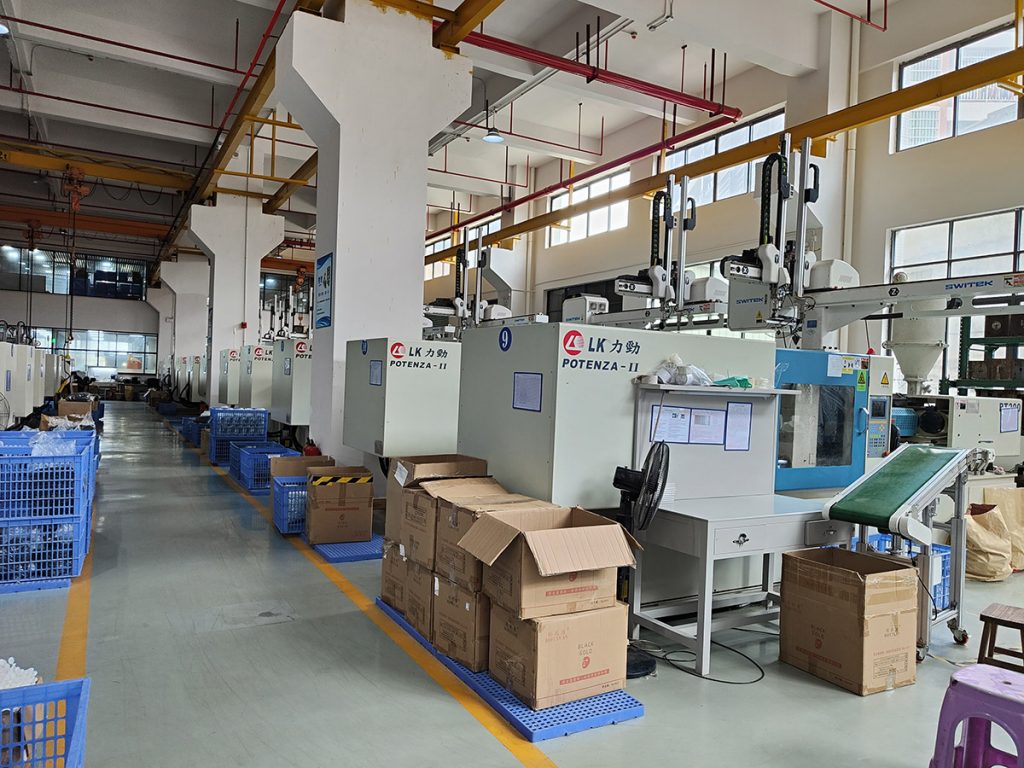
3D Metal printing
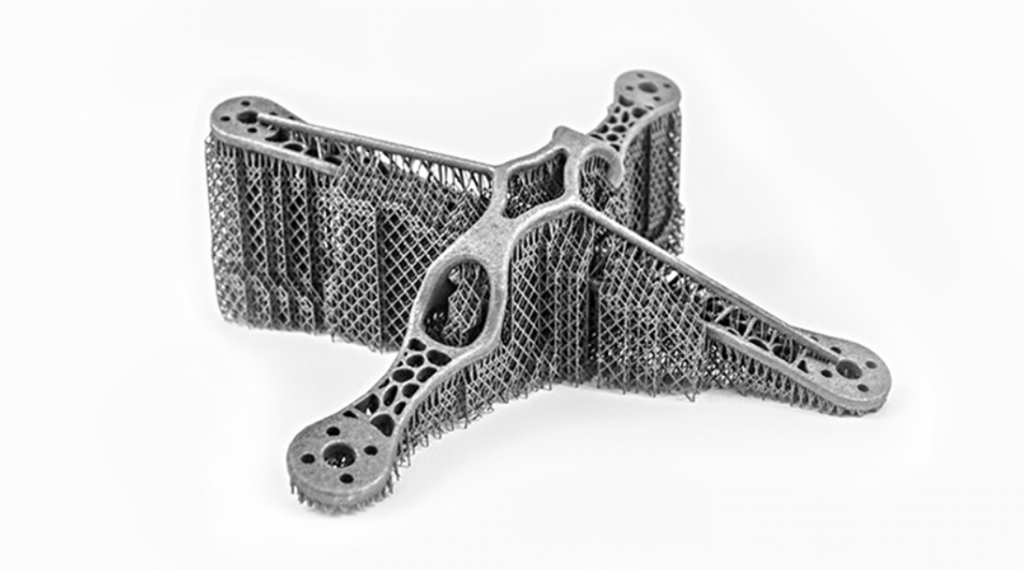
- 3D Metal printing (DMLS)is to melt metal powder materials into the three-dimensional shape of the CAD drawings through high-temperature nozzle. 3D Metal printing can produce products with complex shapes which may not be completed by CNC, or the processing cost of CNC is too high.
- GREFEE’s 3D metal printing materials mainly includes stainless steel, aluminum alloy and titanium alloy.
- Please click our detailed introduction of metal 3D printing service
Aluminum rapid mold or mild steel rapid mold
Use CNC, EDM, high-speed EDM and other equipment to fabricate metal and other hard metal materials such as aluminum or low carbon steel into molds (the lifetime of molds can reach more than 10000 times).
Product materials: ABS, PC, PP, POM, PMMA and other plastic materials.
Please click our detailed rapid tooling service introduction
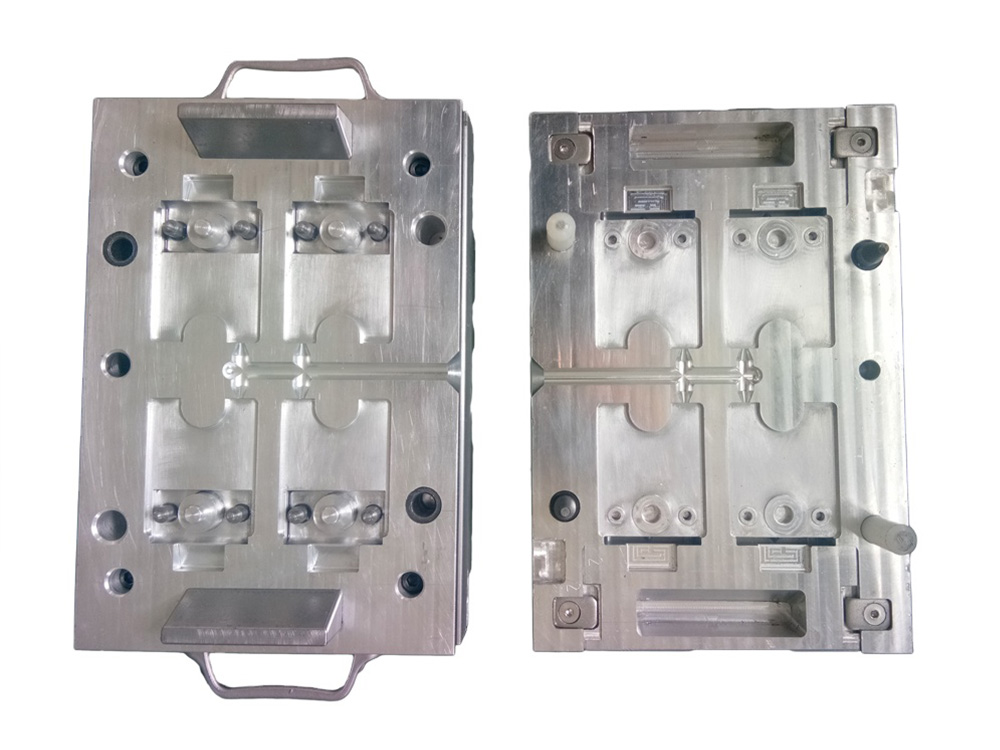

Surface Finishes
In order to achieve the effect of real products, GREFEE is able to do the following processes for customers: painting (glossy, matte, rubber oil painting, transparent oil, translucent oil, fluorescent oil), silk screen printing, electroplating, anodic treatment, laser engraving, sand blasting, UV, bronzing, brushing, etc.
Please click our detailed surface treatment service introduction
From prototype to production
One stop service to meet your low volume production needs.
GREFEE is also committed to small batch manufacturing. The number of products in most industries can reach hundreds to thousands or even tens of thousands of pieces. The services ranges from prototype stage to low vvolume manufacturing till the final formal mass production.
GREFEE is also committed to small batch manufacturing. The number of products in most industries can reach hundreds to thousands or even tens of thousands of pieces. The services ranges from prototype stage to low vvolume manufacturing till the final formal mass production.









